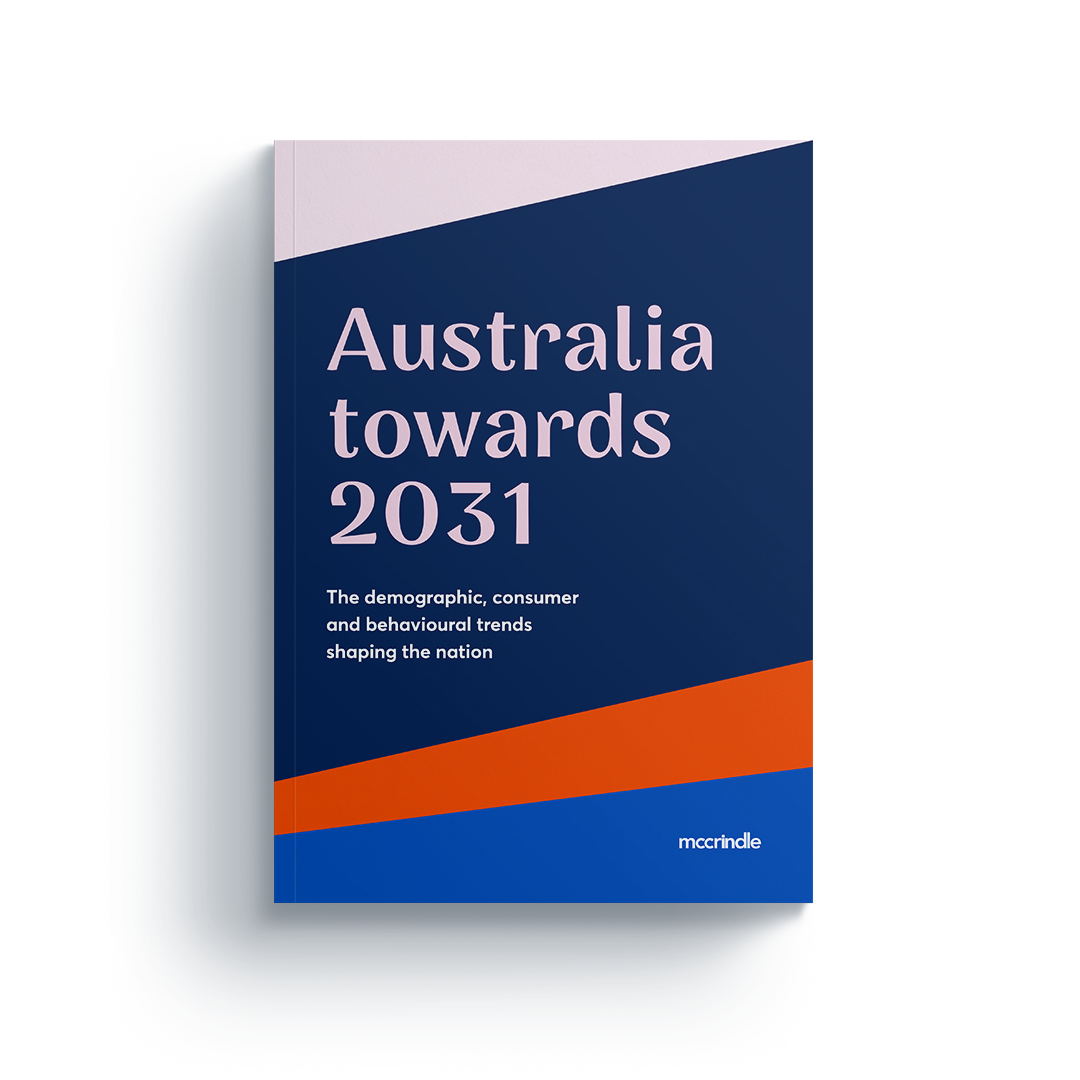ARTICLE
Celebrating women this International Women’s Day

International Women’s Day exists to commemorate the cultural, political, and socioeconomic achievements of women. While great progress has been made for women in recent times, there is still room for improvement as we seek to imagine workplaces, homes and communities where equality is championed and bias diminished.
Women in the workforce
There has been a significant increase in female workforce participation over the last fifty years. Societal shifts mean more women are in the workforce now than at any other time in history.
There’s still work to be done, however, as women comprise only 34% of Directors in ASX 200 companies (which is an increase from 30% in 2019)1, even though women make up almost half of Australia’s paid workforce.
According to our research, three in four employed Australians (74%) consider equal representation of women on company boards and in corporate leadership to be important, yet 48% believe not enough progress is being made towards this.
The great balancing act
The latest HILDA survey2 showed that women are increasing their paid work participation but men are not picking up more of the unpaid domestic hours. Females continue to work longer hours doing housework and childcare tasks than males, regardless of the earnings arrangement of the household.
While women have increased their participation rate in paid work, males, although they have increased the hours spent in active childcare tasks, have not made significant inroads into closing the gap on unpaid domestic work. This shows an area of improvement for households across Australia, and the need to not only show appreciation for busy mums but strategies to help lighten the load and distribute the housework and childcare responsibilities more evenly.
Role models for the emerging generations
Women today are more formally educated than ever before. Women are also delaying traditional life markers like getting married and having children. A first-time parent in the 1980s was typically in their mid to late twenties. Today, the average age of first-time parents is the early thirties. The main reason for this is a social one – more women are now able to access education and enter the workforce than used to be the case, and they are delaying moving out of home, getting married and having children. Additionally, medical advancements have enabled women’s child-bearing years to be extended. While this means there are a greater number of years between the age of children and their parents (for most it will be more than three decades), it also means that more children today get to observe both parents working. As one mother to Generation Alpha children, told us, ‘It means, especially for girls, that they can see their mothers and fathers both working, and it can be quite positive. They can see that they can have a career as well as a family.’
Our research has found that it is the emerging generations who more likely to champion the cause of gender equality. Take Generation Z as an example. As they enter the workforce in big numbers, they are speaking up about their expectations of diverse and representative workplaces. To support current and future generations of women, we need greater flexibility, support for women leaving the workforce as well as organisations who model this well. This is essential to get right today, so that we can set examples for what is possible for the next generation and establish a path for more diverse boardrooms and senior leadership teams in the future.
1 Australian Institute of Company Directors, Board Diversity Statistics
2 The Melbourne Institute, The Household, Income and Labour Dynamics in Australia
(HILDA) Survey, 2019





